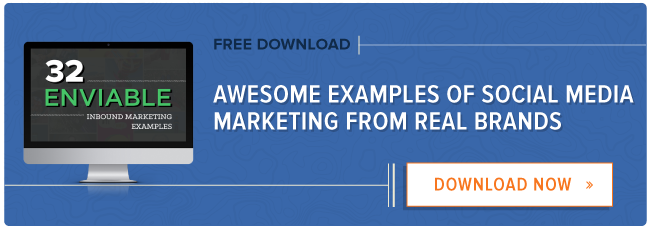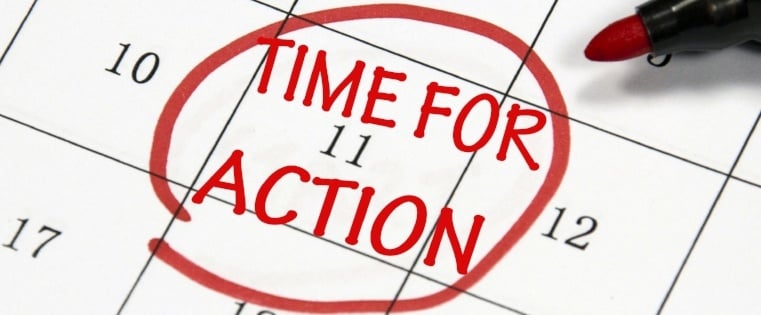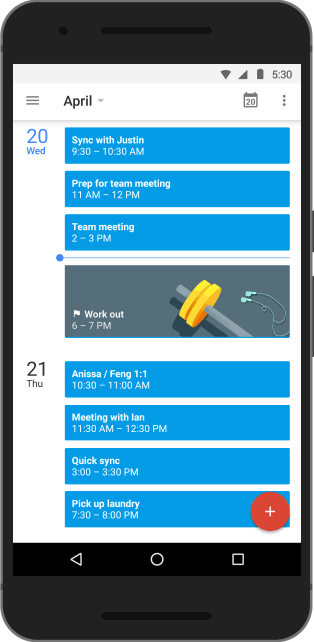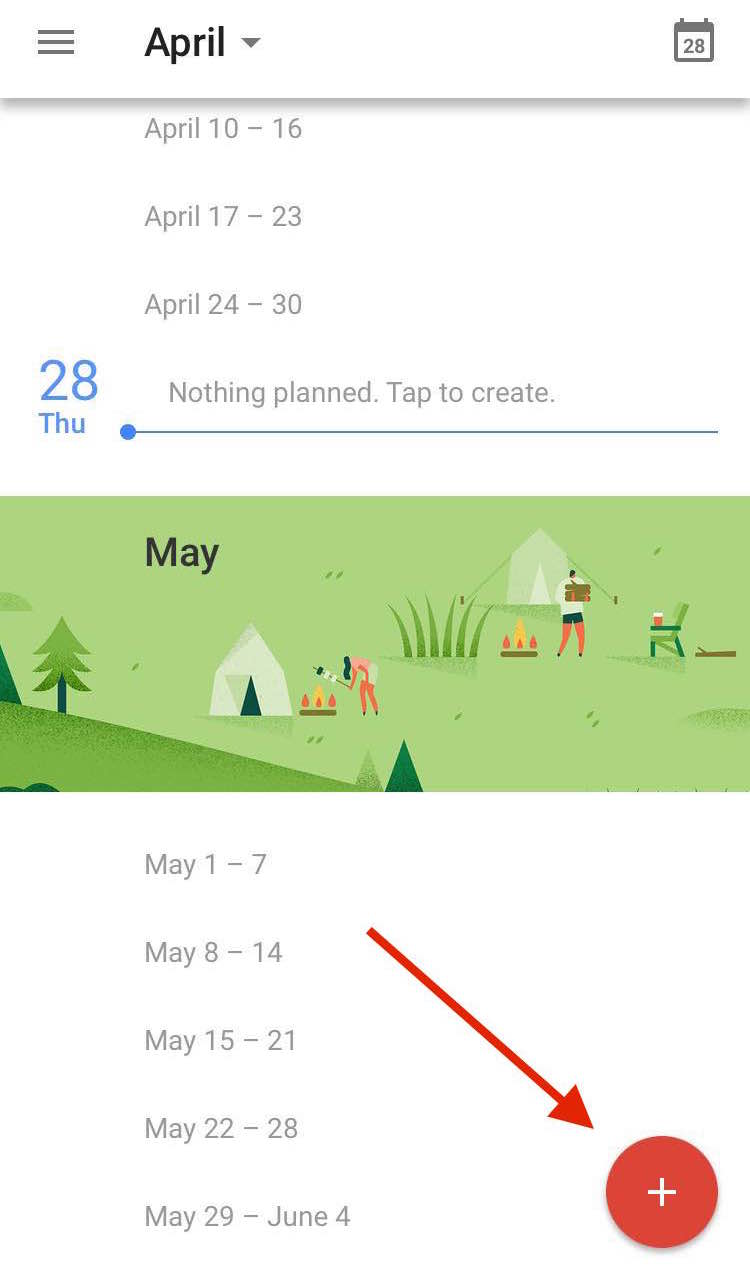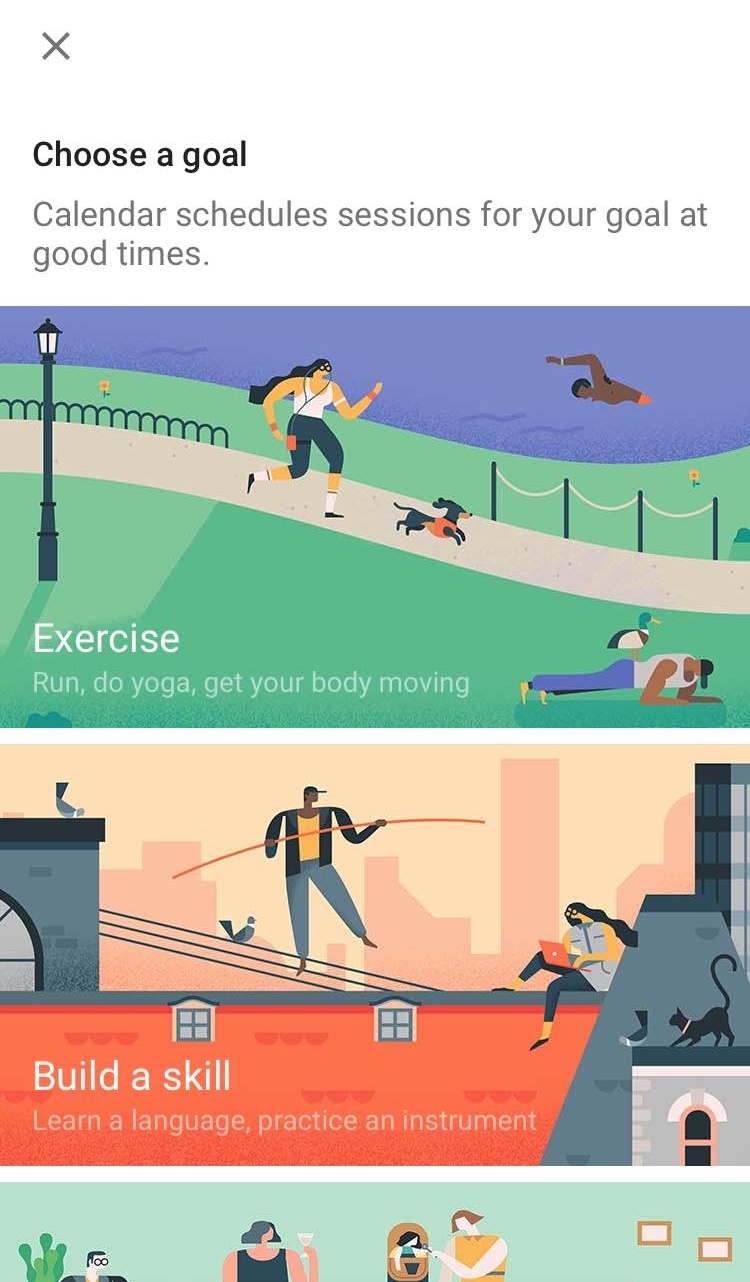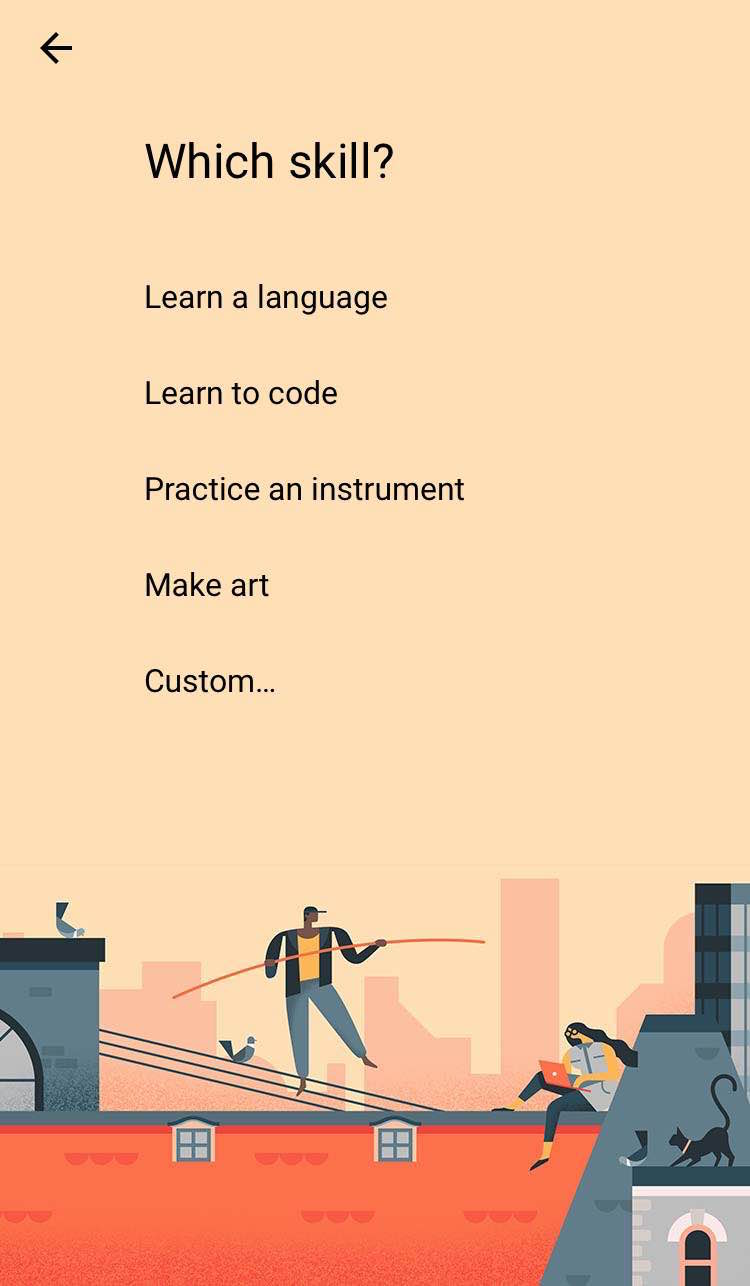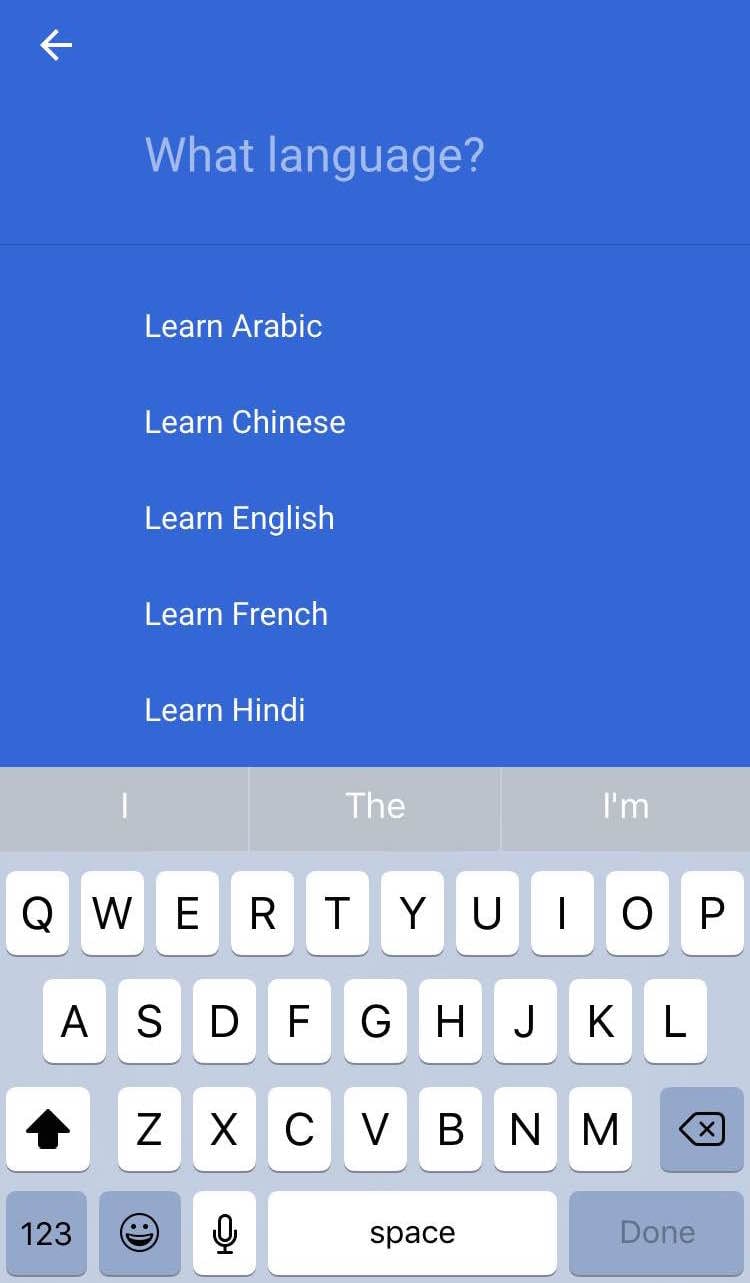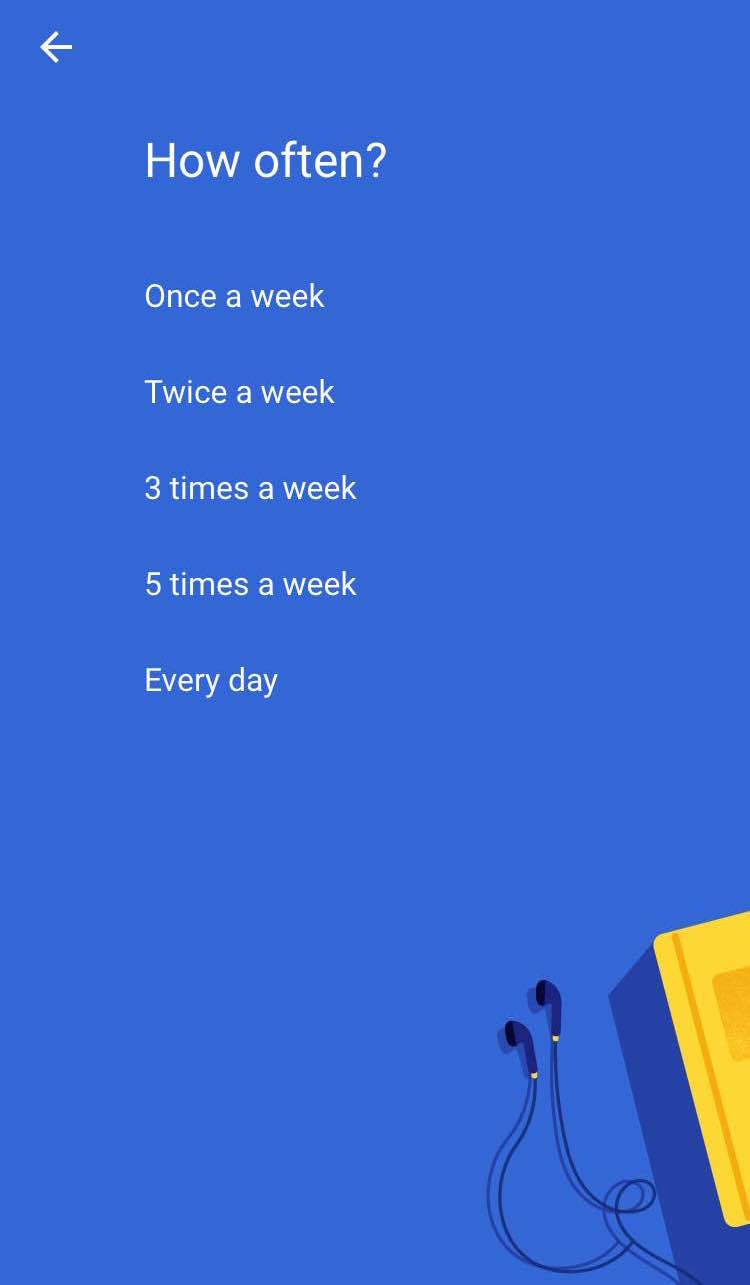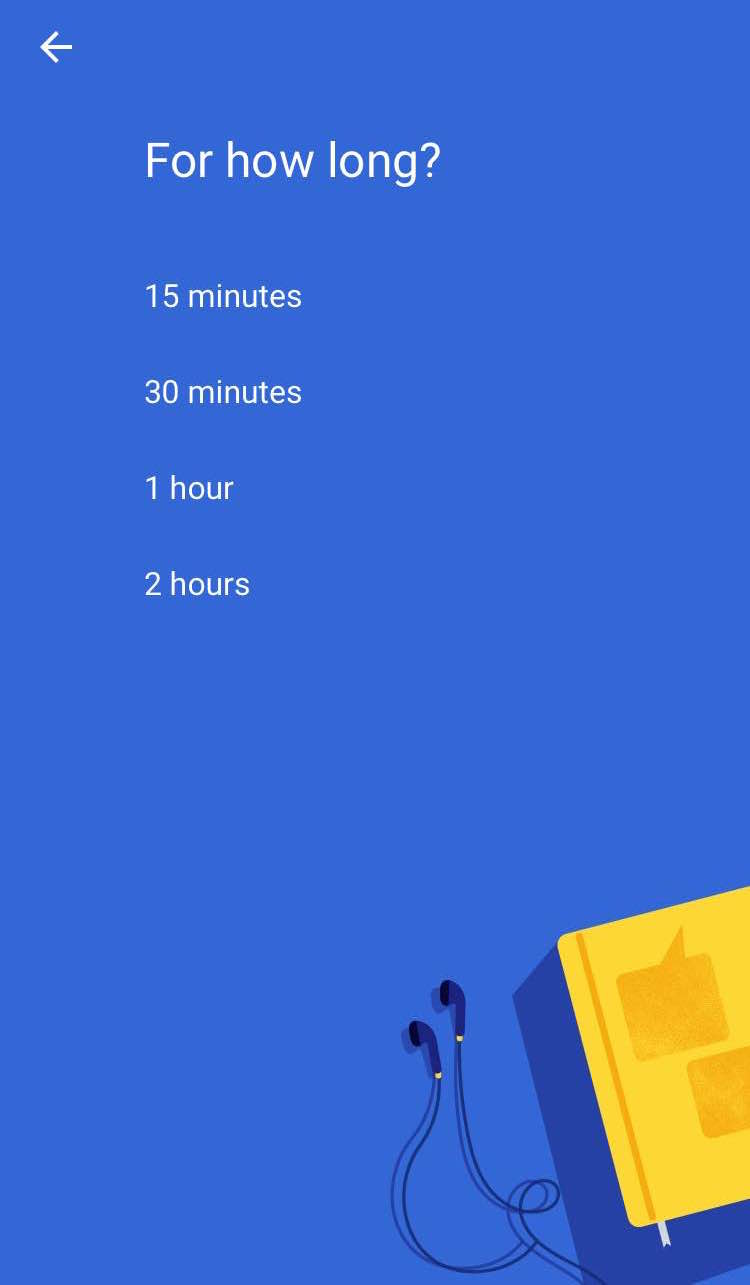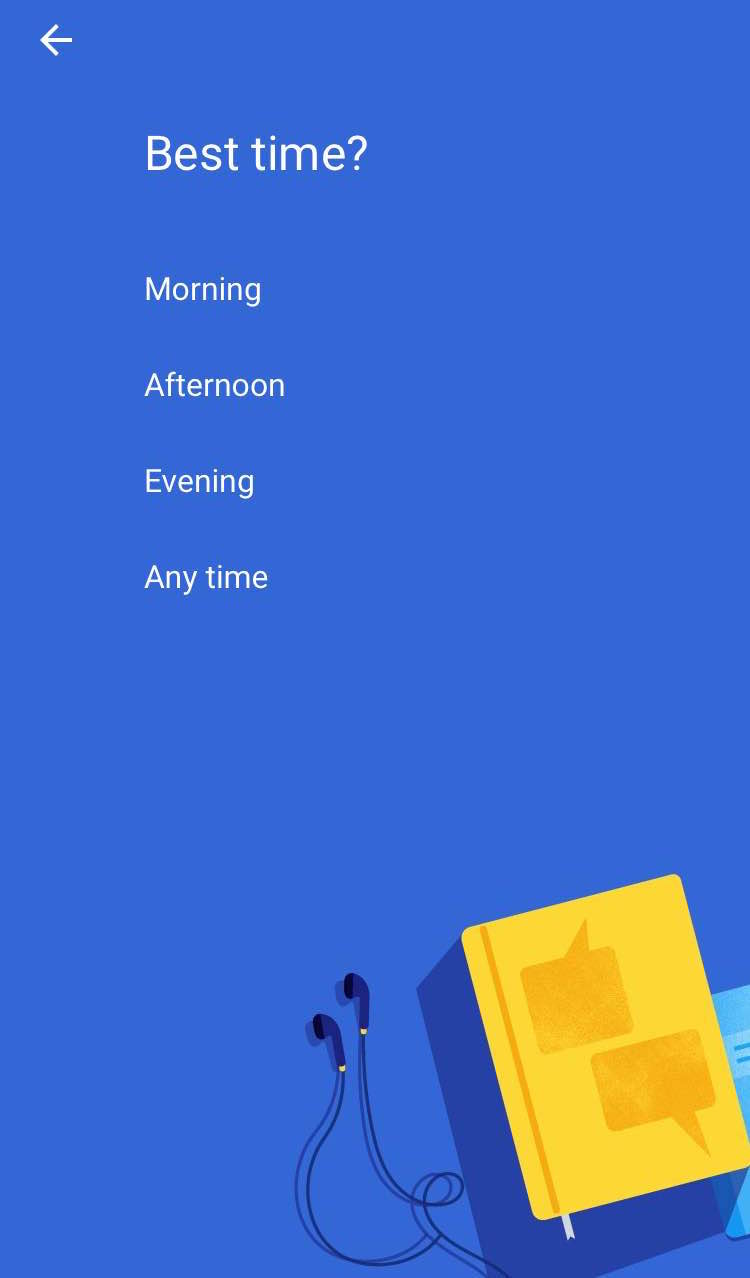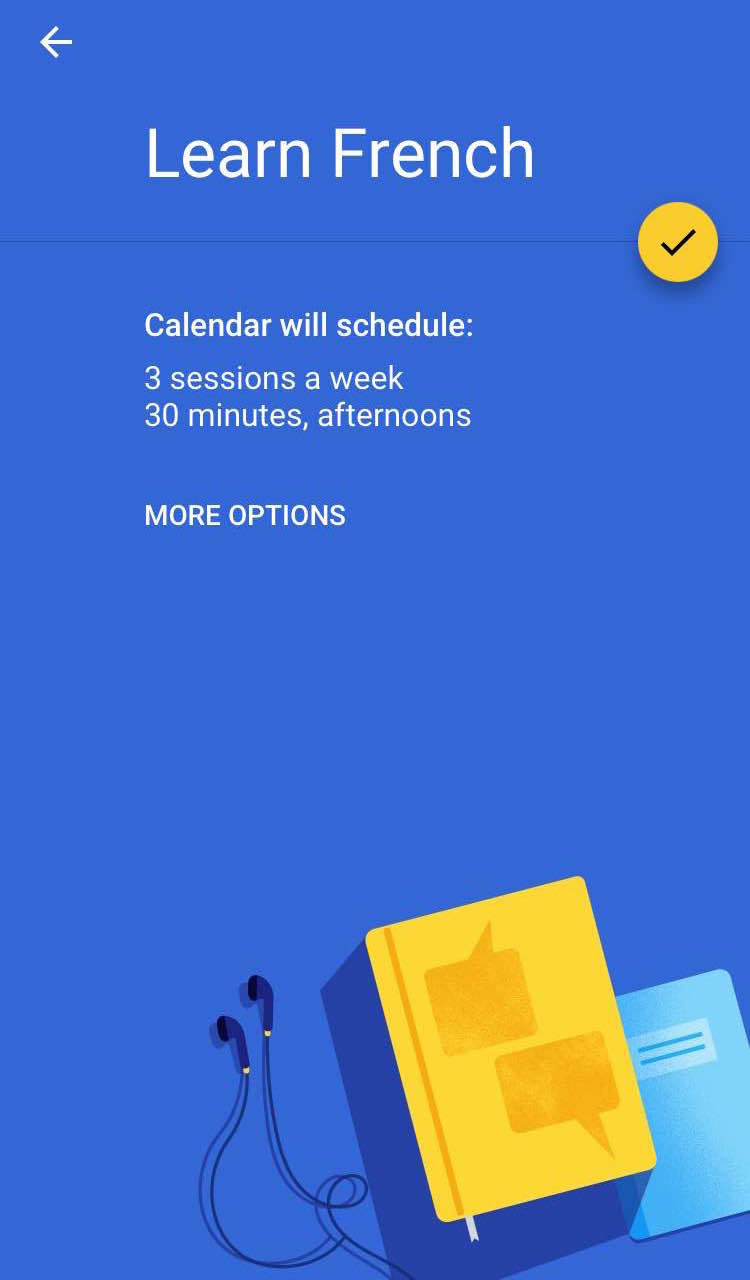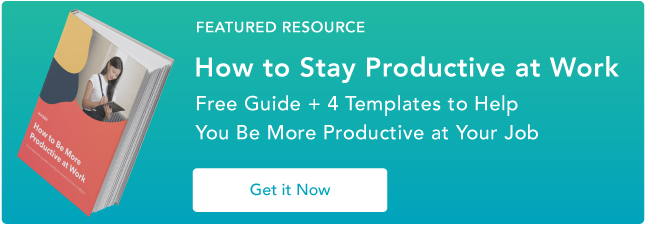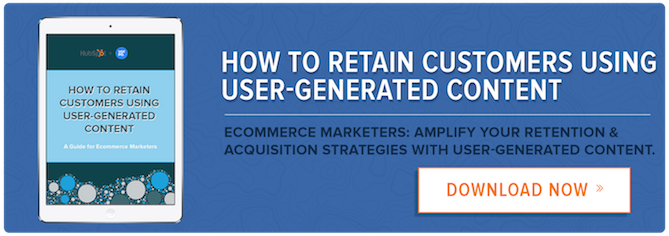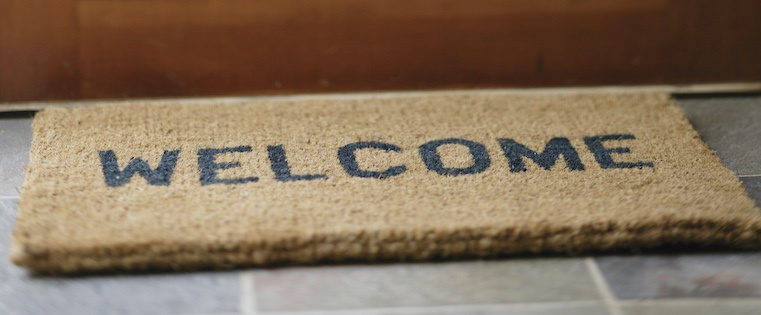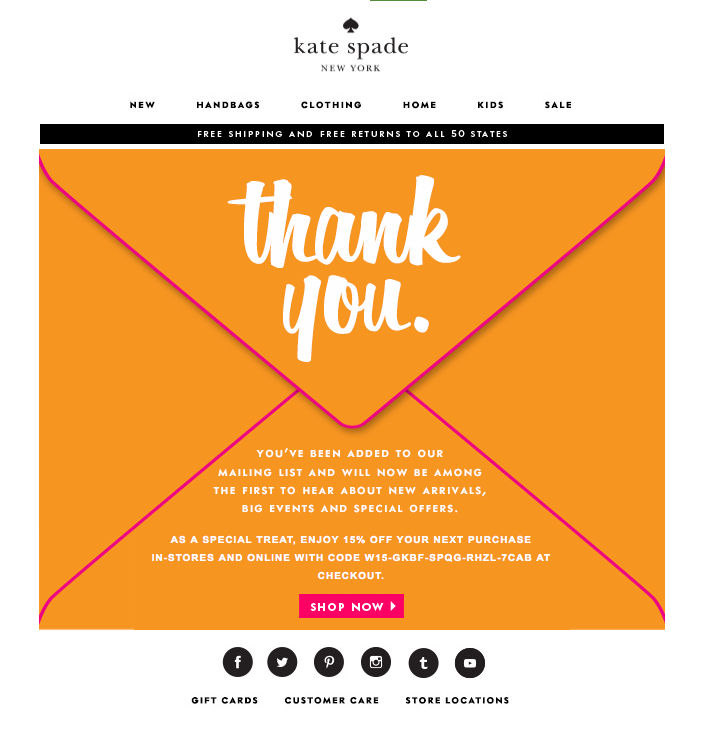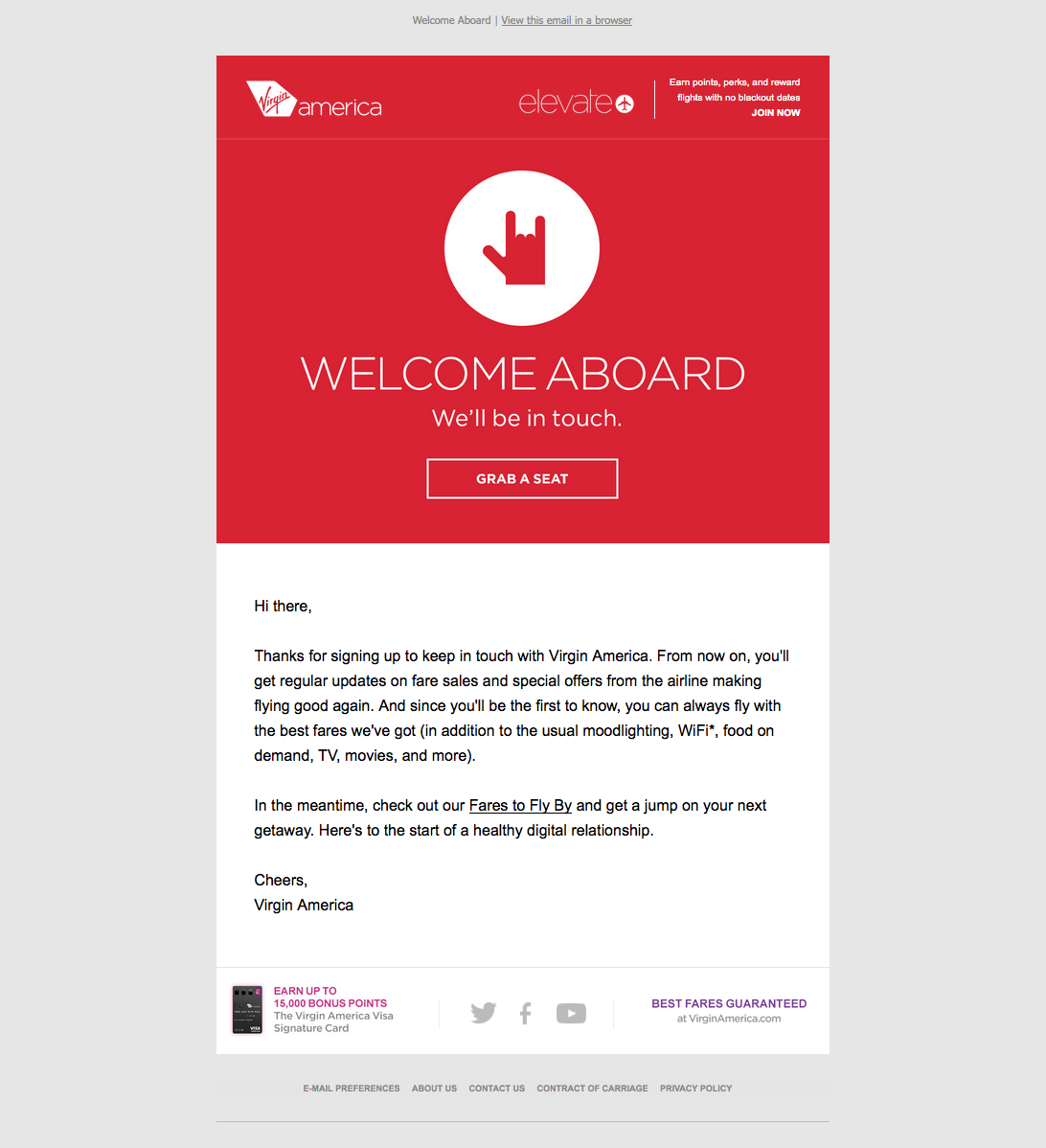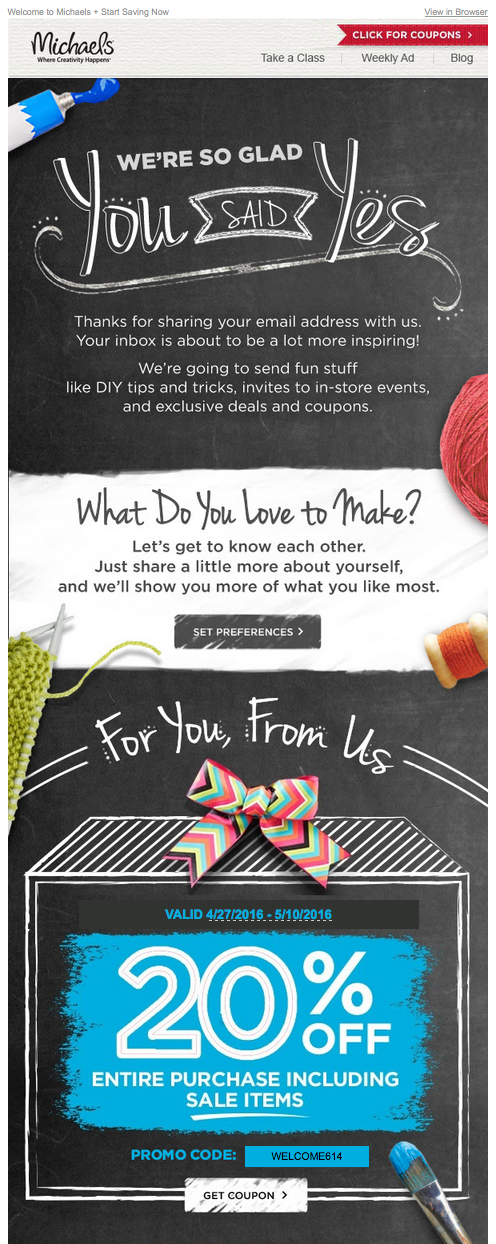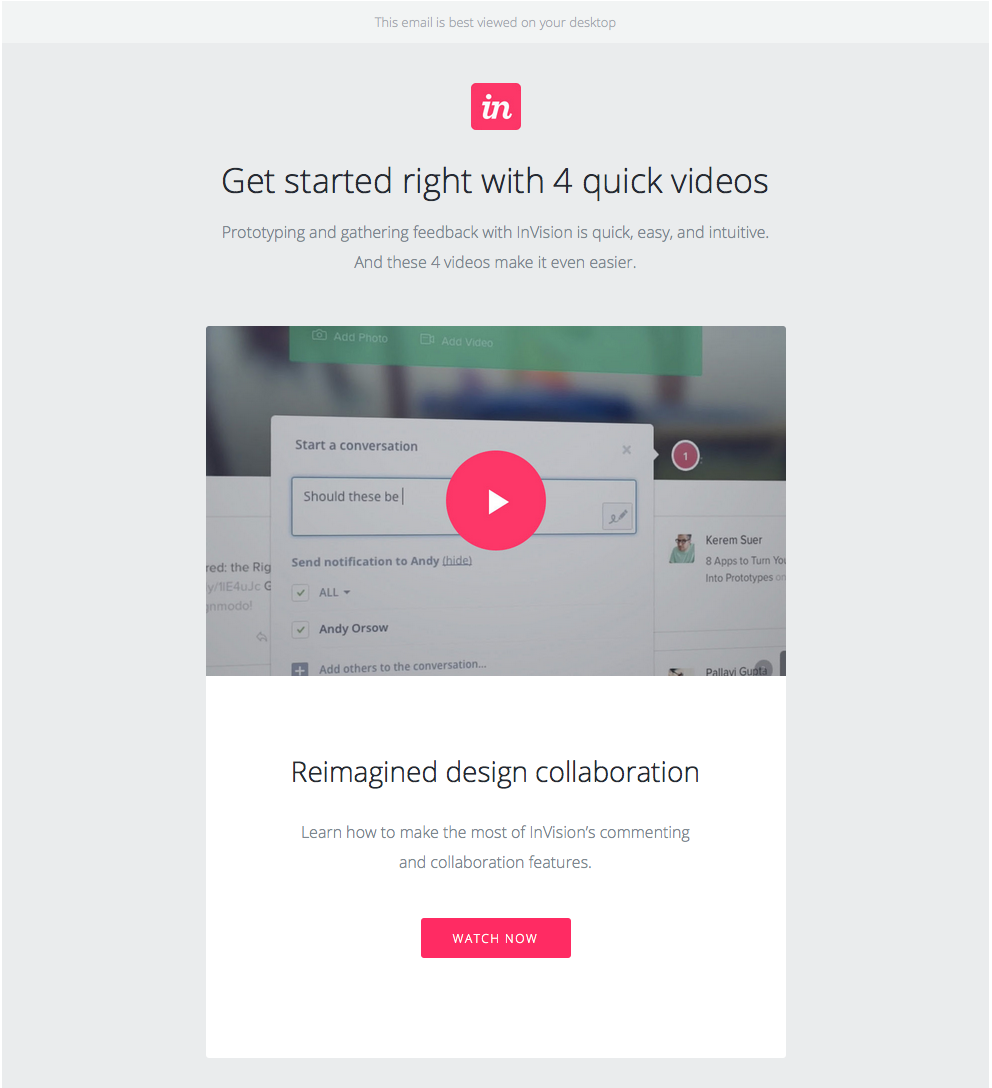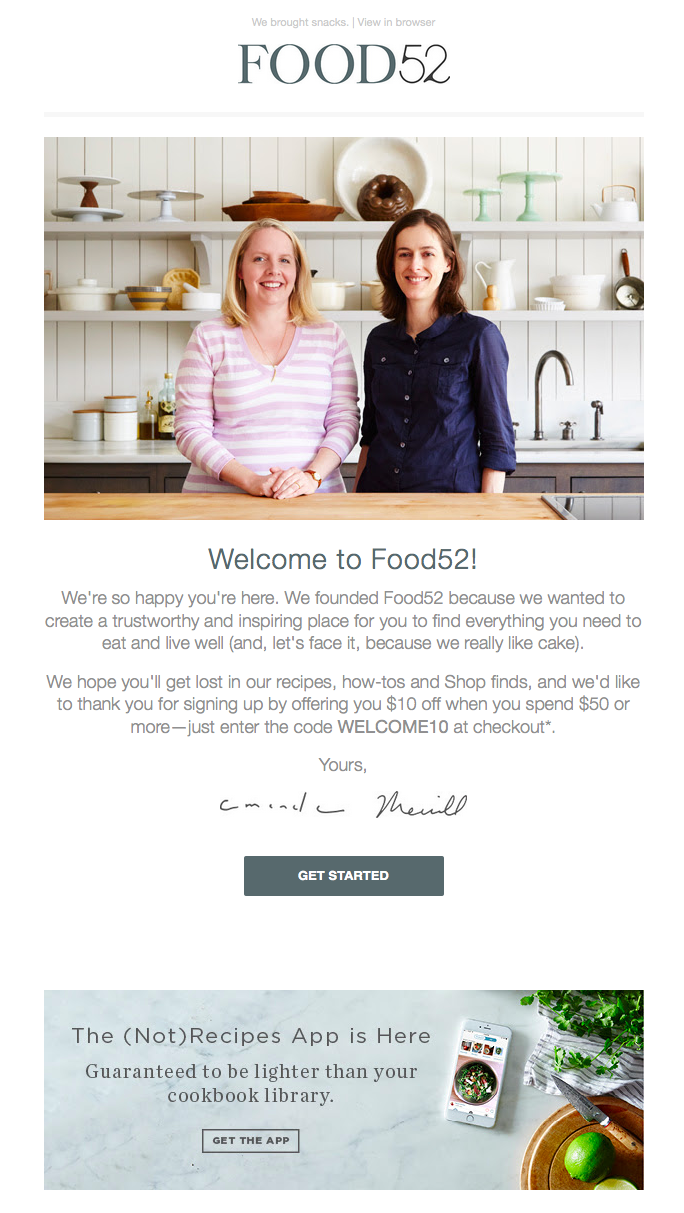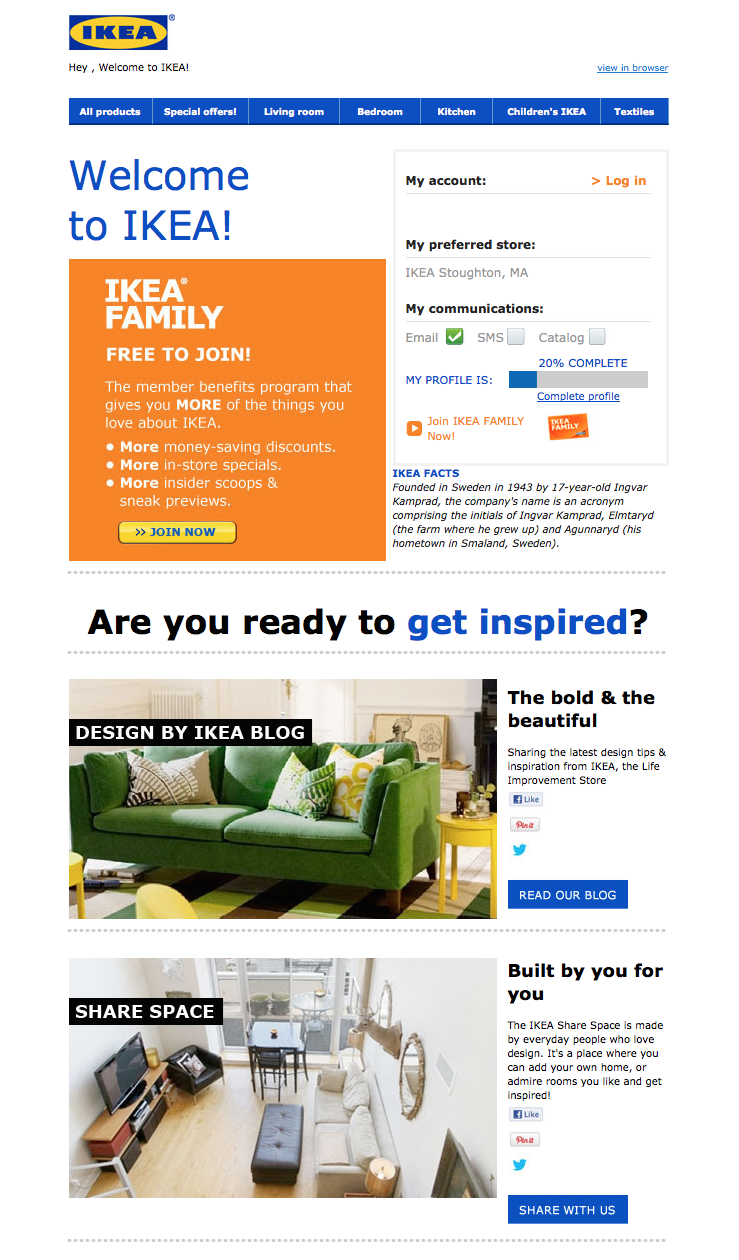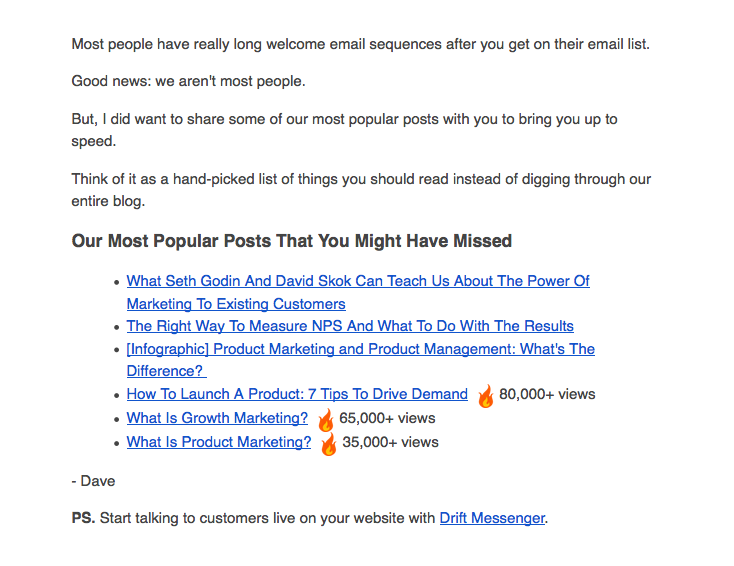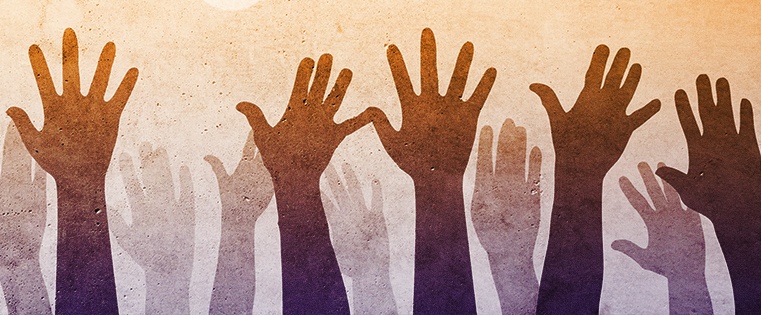
Stress and anxiety -- to some degree -- are natural parts of everyday life. Think about it: You get that feeling when a driver cuts you off on your way to work, or when you have a looming deadline, or when you spill coffee on your shirt.
These stressful moments can range from uncomfortable and annoying (even motivational) to completely debilitating. What's worse, these negative feelings can build on themselves really quickly until they feel out of control.
That's why it's crucial to monitor our emotional health whether or not we have a diagnosed disorder. According to experts at the Mayo Clinic, unmanaged stress symptoms “can affect your body, your thoughts and feelings, and your behavior,” and can lead to some serious physical repercussions.
Self-help can be our biggest asset, and luckily for us, there are some great apps out there that can help you manage your stress and anxiety on a daily basis. Here's a list of some of our favorites.
Note: These apps are not intended to be substitutes for medical advice -- they're for educational purposes only. Consult your healthcare professional before making any health, medical, or other decisions based on the data within these apps.
14 Stress Management Apps You Need to Try
1) Pacifica
Here's a daily tool that'll help you address stress and anxiety at a gradual pace. The folks who invented it based it on cognitive behavioral therapy combined with relaxation and wellness techniques.
The app itself is pretty low maintenance: The idea is to track your daily activities by writing or via audio. The app then helps you understand what activities might be triggering different moods and emotions, especially stress and anxiety. The goal here? To help you recognize what's making you anxious or stressed so you can break the cycle. It also gives you goals to set and emotional homework. And, unlike many of the self-help apps out there, it's refreshingly non-fluffy.
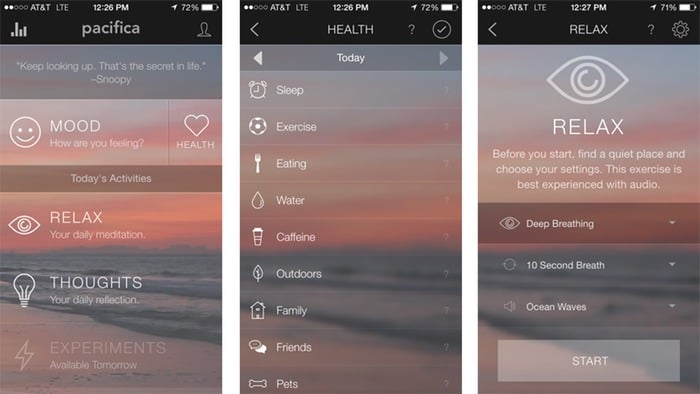
Image Credit: Bustle
2) My Mood Tracker
- Price: Free for lite, $4.99 for full version
- Available for: iOS (Android alternative: T2 Mood Tracker)
Here's another app that lets you track your emotions and activities throughout the day, with the goal of helping you figure out what's driving these emotions. Monitoring your mood in an app can help you find some useful correlations -- for example, some folks find their mood changes depending on whether or not they worked out that day.
You can put in your sleeping times and sleep quality, medications taken, amount of exercise performed, stress levels, menstrual cycles, and more in here. It's a pretty robust app, hence the $4.99 price tag -- although you can download the lite version for free. The Android alternative, T2 Mood Tracker, is also free.
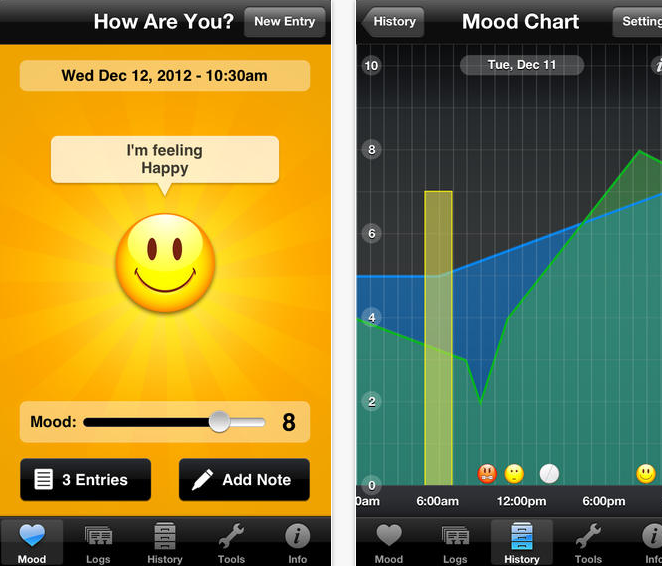
Image Credit: iTunes
3) GPS For the Soul
- Price: Free
- Available for: iOS
The GPS For the Soul app was created by Arianna Huffington and Deepak Chopra, both outspoken advocates for emotional well-being.
The app helps to connect you with "guides" that make it easier to manage your stress. Each guide includes a combination of things like pictures of nature, breathing exercises, meditation, and yoga. While there are many guides to choose from, you can also create your own by uploading photos of loved ones or by adding your own music or quotes. Once the guide has launched, a breathing pacer will help you measure your breathing.
Your feed will help you see what your friends are feeling and what's helping them, too. The point here is to help you put things into perspective and remember all the things that you can be grateful for.
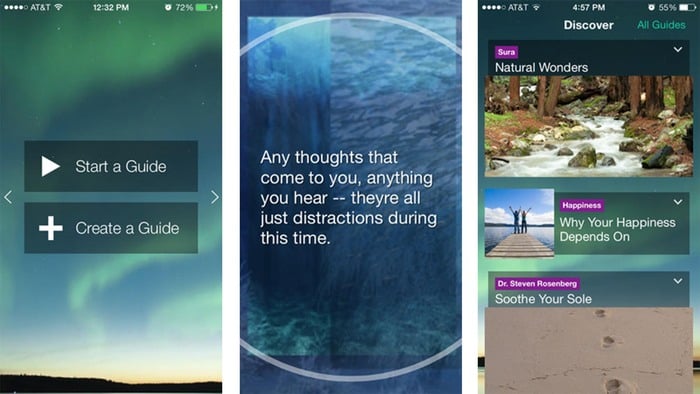
Image Credit: Bustle
4) Pay It Forward
Several bodies of research show simple acts of kindness make people feel good. And there may also be particular benefits to varying our acts of kindness, as novelty seems to be linked to happiness as well.
That's why folks involved in the Pay It Forward movement created this app, which encourages users to do acts of kindness every single day. Each morning, it offers a short list of suggestions for what to do -- stuff like pay for the next person's cup of coffee, for example. It keeps track of your progress as you go and connects you with people to share recommendations with, including friends and family who have downloaded the app, too.
Don't expect anything fancy from this app: The interface is as simple as the idea. But what a great reminder to give back in small ways every day. (And what a great thing to wake up to every morning.)
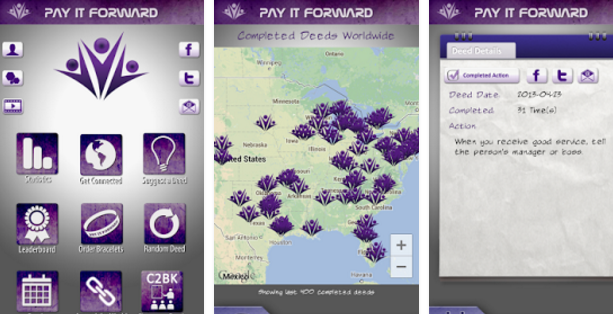
Image Credit: Google Play
5) Buddha Board
- Price: Free
- Available for: iOS
Buddha Board is an app inspired by the Zen concept of living in the moment. It lets you "paint" virtually, using your fingers, on the surface of your mobile device. Once you've "painted" your design, watch as it slowly disappears.
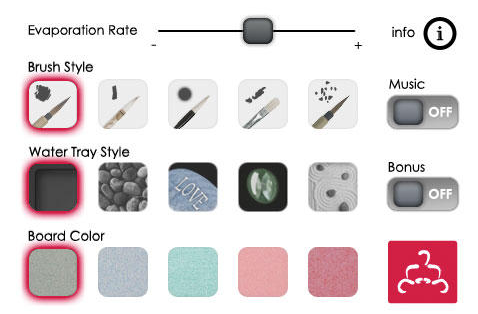
Image Credit: iTunes
Gradually, you'll be left with a clean slate -- and, theoretically, a clear mind to go with it. "Allow yourself to 'let go' and not be concerned with each outcome - live in the moment and enjoy," reads the description on iTunes.
It's simple, easy, and fun to use. But be warned: One iTunes reviewer complained that although you can use it on your iPad, the screen resolution is pretty poor on a larger screen. If you're looking for something to use on your iPad, check out Zen Space. Instead of painting, Zen Space lets you create your own zen garden -- accompanied by soothing music -- and save your images if you want to look at your masterpieces later.
6) Self-Help Anxiety Management
Created by a university team of psychologists, computer scientists, and student users, the Self-Help Anxiety Management app (nicknamed SAM) helps you figure out what's making you anxious or stressed while also suggesting ways to combat it.
It's a great resource for external information, covering everything from information about anxiety to physical and mental relaxation techniques. Along with these resources comes guidance for putting these techniques into practice. Over time, you'll be able to see a graph of your anxiety so you can self-monitor.
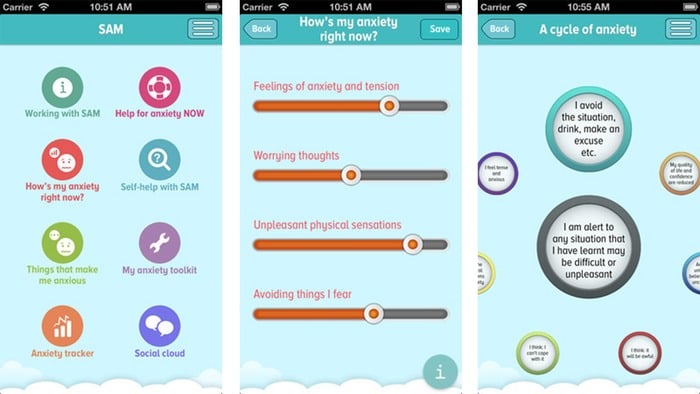
Image Credit: Bustle
7) Breathe2Relax
Has anyone ever told you to close your eyes and breathe when you're having even the smallest of panic attacks? That's because focusing on and controlling your breathing can really help calm a person down. In fact, diaphragmatic breathing (i.e., breathing from your stomach) has actually been proven to decrease stress.
The Department of Defense’s Center for Telehealth and Technology created this app to help soldiers and their families learn stress-relieving breathing techniques -- but, of course, it works for everyone. It also offers some great information and resources on depression, anxiety, stress, and more. So the next time you feel like you're getting super stressed, try letting this app guide you into some mindful breathing exercises.
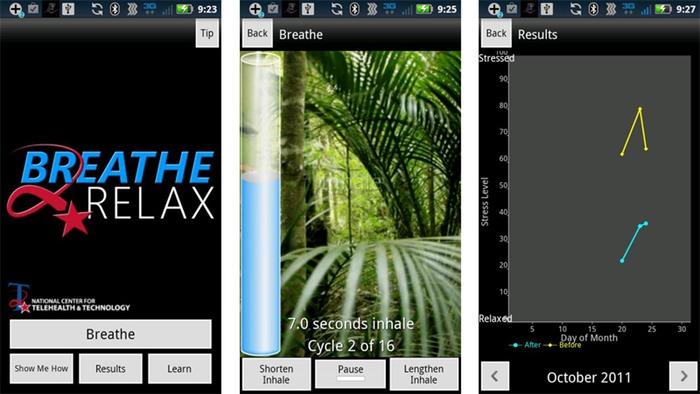
Image Credit: Bustle
8) Happify
- Price: Free
- Available for: iOS
This app helps you improve your mood using positive-thinking activities. Their philosophy, based on scientific research, is this: We each have a genetic set point for happiness -- but we also have the ability to offset it. In other words, we have more control over our happiness than we might realize.
By practicing certain exercises and interventions that promote positive emotional qualities (like kindness and mindfulness), we can choose our thoughts, behaviors, and actions. Over time, these choices will become habitual and will gradually increase our resilience and make us happier.
That's exactly what the Happify app aims to do. It helps you set specific goals and offers tips for achieving those goals. The positive-thinking activities include games, posting about something you're grateful for, or imagining what a situation would be like in someone else's shoes. CNN named this app among the top apps to train your brain and better cope with stress.
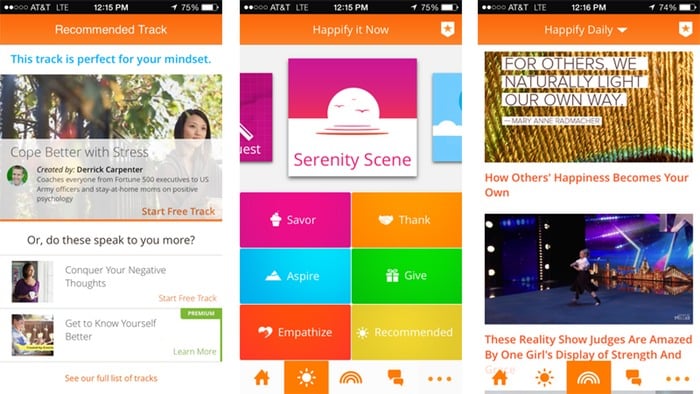
Image Credit: Bustle
9) Personal Zen
- Price: Free
- Available for: iOS
If you're a fan of playing games on your phone to relieve stress, try adding this one to your repertoire. The premise of the game is super simple: It takes place in a garden where two faces, one happy and one angry, drop into the ground. The happy face creates a trail of grass you have to quickly trace with your finger. The more you play, the more attuned you become to look for the happy face instead of the angry one. Imagine this setup set to soothing background music.
That's literally it. And it works, according to science: It's based on an emerging cognitive treatment for anxiety called attention-bias modification training (ABMT).
"Essentially, this treatment involves training patients to ignore a threatening stimulus (such as an angry face) and to focus instead on a non-threatening stimulus (such as a neutral or happy face)," writes Mihir Patkar for Lifehacker.org. "This type of training has been shown to reduce anxiety and stress among people suffering from high anxiety."
All it takes is 25 minutes of play time to reap the positive benefits, according to a study published in the Clinical Psychological Science journal about the app.
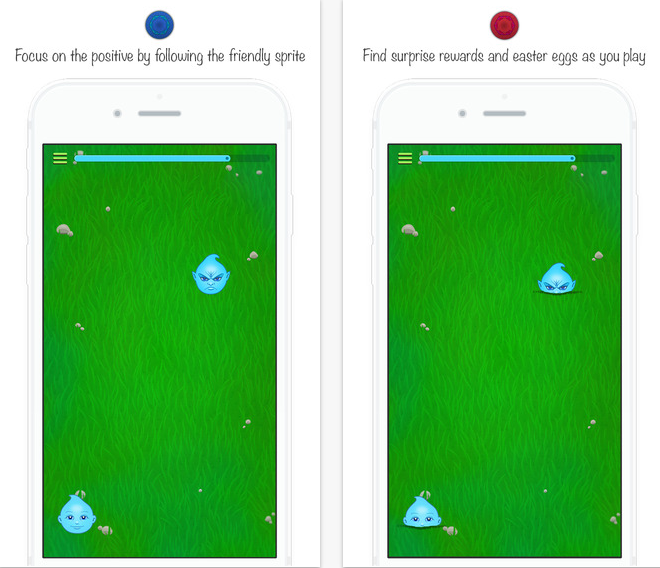
Image Credit: iTunes
10) Relax Melodies
- Price: Free
- Available for: iOS
If stress or anxiety gets in the way of you falling asleep or staying asleep, you might want to try an app like Relax Melodies to help you relax before bedtime. The app lets you choose from 48 relaxing ambient and nature sounds -- everything from ocean waves to white noise -- as well as calming music and guided meditation sessions. You can customize these sounds into a mix, or choose just one.
You can also set a timer for them to stop playing after a certain amount of time, or set a time during the night or morning for them to wake you up.
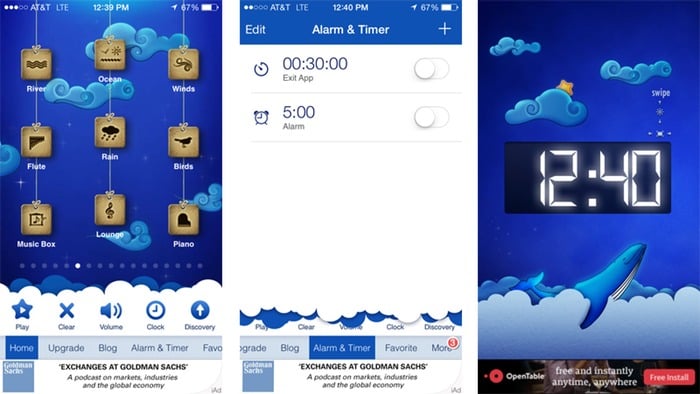
Image Credit: Bustle
11) Headspace
- Price: 10 free, 10-minute sessions, with upgrade for $12.99/mo. or $94.99/yr.
- Available for: iOS | Android
Meditation is another great stress relief technique -- and Headspace is one of the best apps out there for guided meditation sessions, especially if you're a beginner. These guided sessions will teach you how to turn off that brain chatter and meditate effectively.
The free version includes access to Take10, a starter course including ten 10-minute meditation activities geared toward beginners. From there, you can pay a monthly subscription of $12.99 to receive more and longer meditation sessions, as well as sessions for specific purposes like less stress and conscious eating.
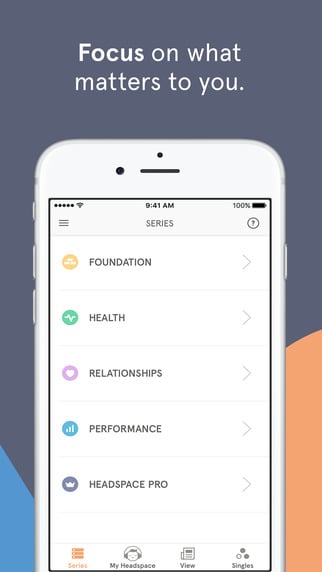
Image Credit: iTunes
12) The Worry Box
How great would it be if you could just take all your worries, put them in a box, and leave them in that box -- instead of having to carry them with you wherever you go? That's what The Worry Box is for.
It's exactly what it sounds like: A virtual "box" where you can record all the things you're stressing about and leave them behind -- kind of like the "letting go" philosophy from the Buddha Board app. Then, the app lets you think them through. If the worry is controllable, it'll help you list out some steps for managing it. If it's not controllable, you can select from a list of coping statements to help you approach it from a different angle. It's based entirely on cognitive behavioral therapy techniques that are proven to relieve and manage stress, anxiety, and depression.
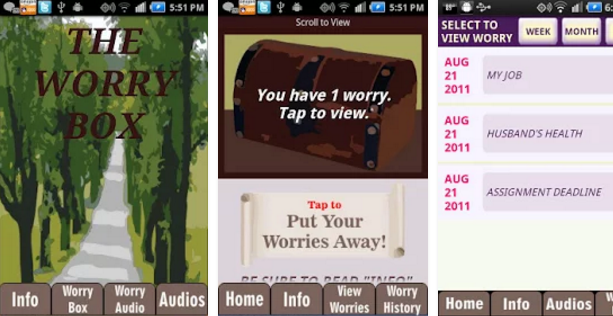
Image Credit: Google Play
13) Acupressure: Heal Yourself
Here's an app that'll help you garner some physical release from your everyday stresses. Acupressure is an ancient healing art where you use your fingers to press on "pressure points" on the surface of your skin to stimulate the body's natural, self-curative abilities. It's totally safe to do -- and pressing on these pressure points has both physical and mental benefits, including releasing nerve endings, easing tension in your body, and increasing blood flow.
The app itself helps you locate the pressure points that'll help alleviate specific symptoms (which you can search for), and then teaches you how to actually alleviate that pressure.
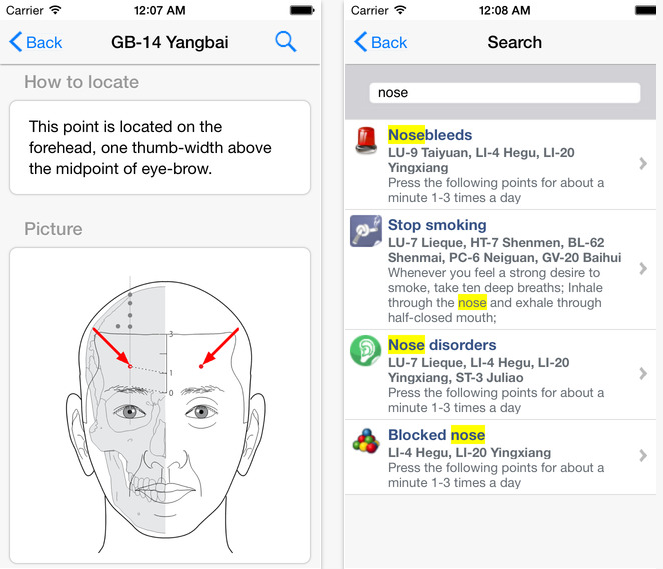
Image Credit: iTunes
14) Gratitude Journal
Sometimes, all it takes to alleviate some of that building stress is to reflect on what we're grateful for. After all, there are many studies out there proving that keeping a gratitude journal can result in higher alertness, enthusiasm, determination, attentiveness, and energy.
Here's a great gratitude journaling app that'll prompt you to record the highlights of your day. You can even take pictures of those things to keep a visual reminder of what you're grateful for.
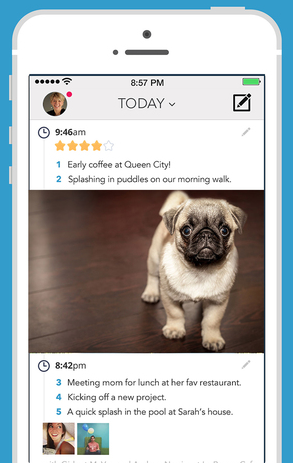
Image Credit: iTunes
What are your favorite stress management apps? Share with us in the comments.
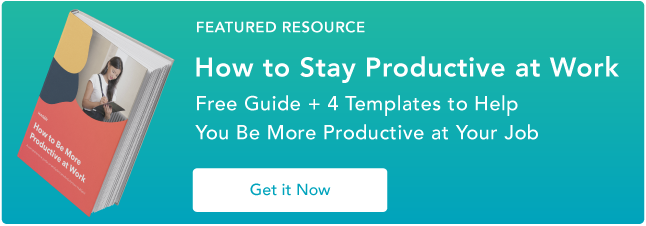

from HubSpot Marketing Blog http://blog.hubspot.com/marketing/stress-management-apps
Via http://blog.hubspot.com/marketing/stress-management-apps




